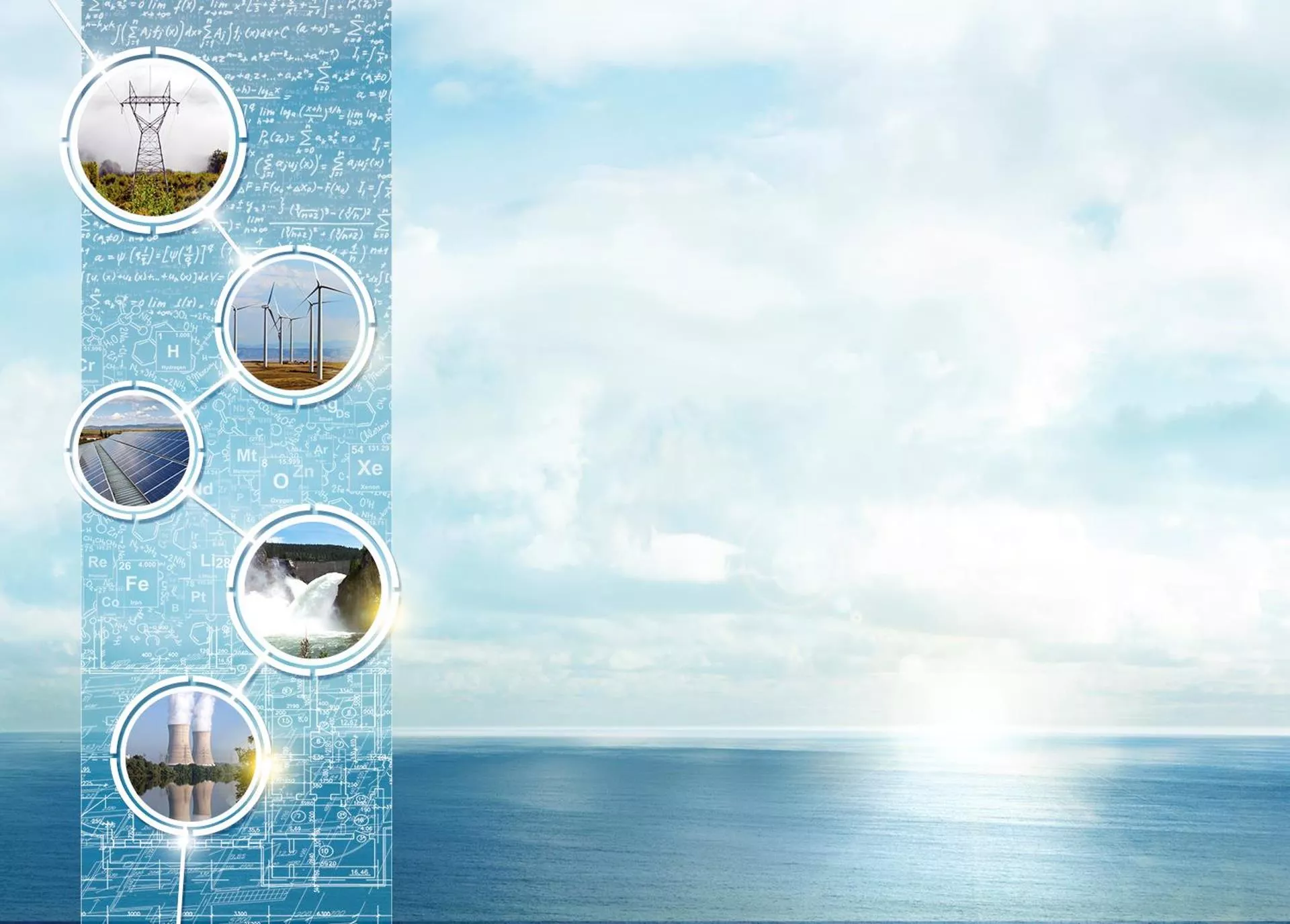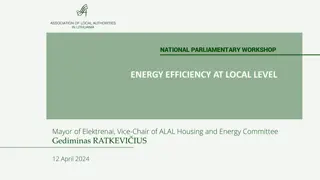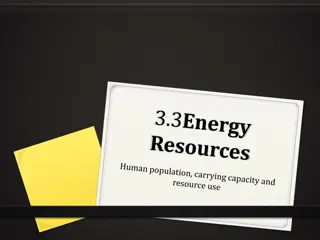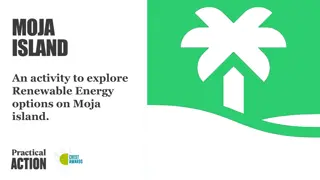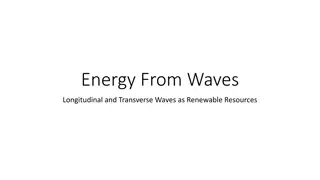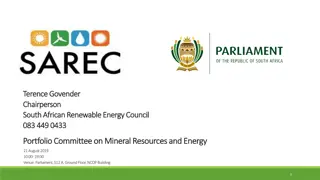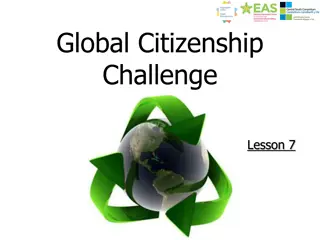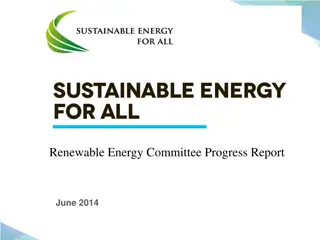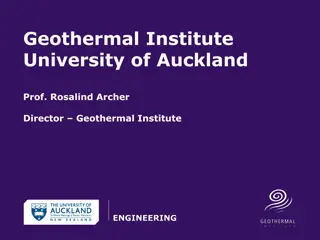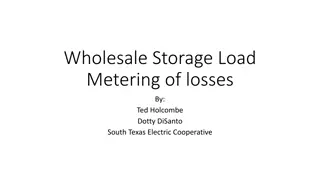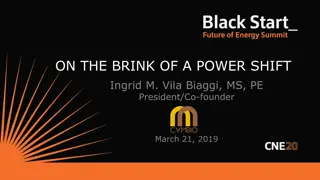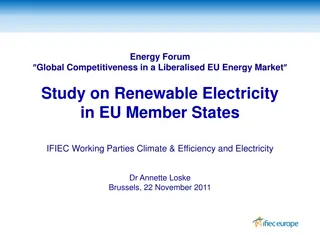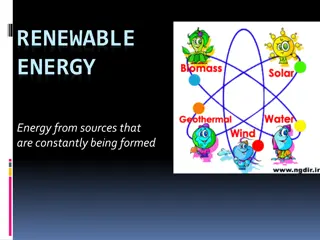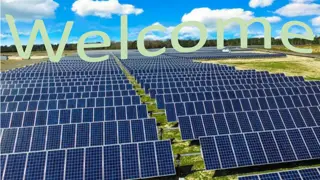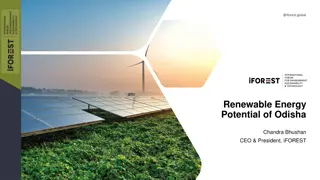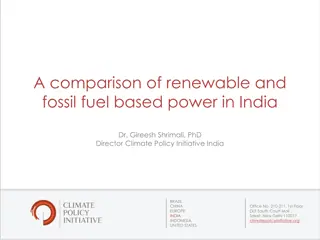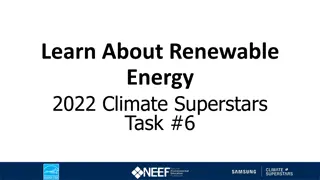Integrating Distributed Renewable Energy Generation in Indonesia
In this presentation from the Asia Clean Energy Forum, the historical context, current situation, challenges, and mitigation measures of integrating distributed renewable energy in Indonesia are discussed. The historical background includes the PLN Village Electrification Scheme and various renewable energy systems. The current situation highlights government policies, such as increasing universal access and reducing diesel use. Challenges like technical aspects, economic limitations, and policy issues are addressed with potential mitigation measures.
Download Presentation

Please find below an Image/Link to download the presentation.
The content on the website is provided AS IS for your information and personal use only. It may not be sold, licensed, or shared on other websites without obtaining consent from the author. Download presentation by click this link. If you encounter any issues during the download, it is possible that the publisher has removed the file from their server.
E N D
Presentation Transcript
Integrating Distributed Renewable Energy Generation in Indonesia Asia Clean Energy Forum, June 2015 Bill Meade, Director
Contents Historical context Current Situation Challenges and Mitigation Measures 2
Historical context PLN Village Electrification Scheme Diesel mini-grids serving load centers Operating 6-18 hours per day Connection to substations via 20 kV feeder lines Micro hydropower systems for unserved areas 10 100 kW locally manufactured and designed systems Community operated utilities Some later connected to PLN network Solar home systems PV panel, battery and controller PLN system promotion, distribution and service 3
Current situation Government policy for universal access Increase from 80% - 100% access Public service obligation: PLN local government Government funded community renewable generation in unserved communities Government policy to reduce diesel use in power sector Ban on PLN purchase of new diesel gensets PLN operated solar PV and biomass hybrid systems Government bidding for grid connected solar PV in island grids Government policy for distributed renewable IPPs Feed in tariffs (FIT) for < 10 MW (hydro, biomass, biogas) Government auction with ceiling price (solar PV) Connection to PLN medium voltage 20 kV grid 4
Challenges and mitigation measures Technical Production profile vs. load profile Hybrid operation with existing diesel generators 20 kV grid stability Storage technologies Energy Management Systems Upgrade distribution network Economic/Financial Limited government budget Minimum IRR for IPPs Cost recovery under national uniform tariff Public/Private Partnerships FITs and take or pay contract Extend subsidy to non- PLN operations Policy/Institutional Obligation to serve Local authority vs. budget Legality of non-PLN utilities Redefine public service obligation Local state-owned utilities PLN technical support for distribution system 6
Challenges and mitigation measures Human Resource Facility/system design Facility/system operation Billing and collections Standardize system design Utility system operations and administration training Market Local content and ownership requirements Solicited and unsolicited proposals Load management/building Remove restrictions on foreign involvement Streamline project development procedures Local government promote non-residential customers 7
Main conclusion A new business model is needed that A new business model is needed that enables privately financed generation, enables privately financed generation, local government local government- -owned distribution owned distribution utilities for unserved areas. utilities for unserved areas. 8
Bill Meade Bill.Meade@tetratech.com www.tetratech.com 1






